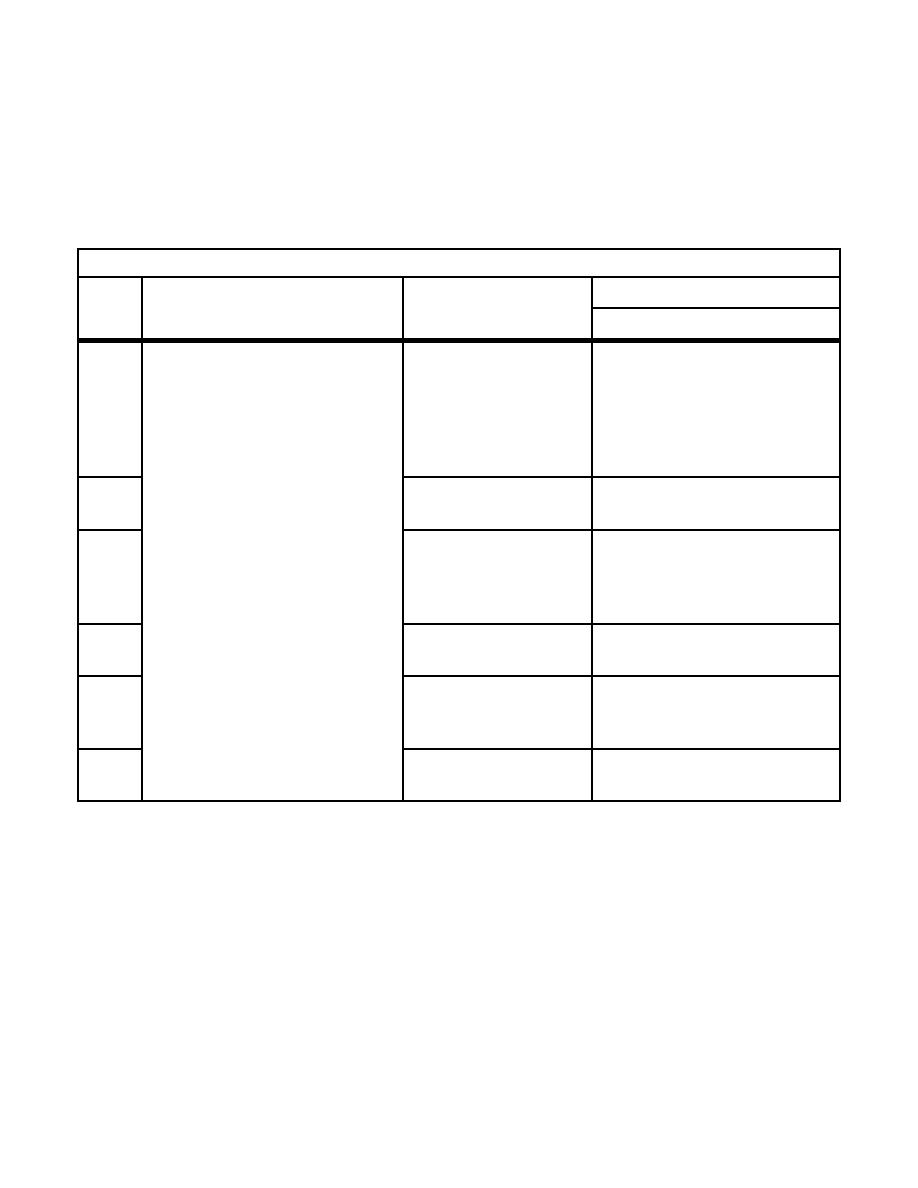
Chapter 3
Aviation Regulations Part 77, Objects Affecting Navigable Airspace. Paragraph 77.23, "Standards
for Determining Obstruction," from Part 77, has been included in Attachment 6 of this manual. For
airfields located elsewhere, an obstruction is determined in accordance with either the host county's
standards, or the individual service's standards, whichever are more stringent.
3.15.3. Trees. Trees which project into the imaginary surfaces must be removed or lowered to a
distance below the imaginary surface, as shown in Table 3.8.
Table 3.8. Imaginary Surfaces Minimum Clearances over Highway, Railroad, Waterway and Trees.
Class A and Class B Runways
Item
Item
No.
Description
Traverse Way/Objects
Dimensions
5.18 m
Interstate highway that
1
Minimum vertical clearance
[17 ft]
is part of the National
between established imaginary
System of Military and
surfaces and traverse
Interstate Highways.
ways/objects (measured from the
highest and nearest elevation of
the traverse ways/objects).
2
Other public highways
4.57 m
not covered in item 1.
[15 ft]
3
Private or military road. 3.05 m [10 ft] minimum, or
height of highest mobile object
that would usually traverse
them, whichever is greater.
4
Railroad.
7.01 m
[23 ft]
A distance equal to the height of
5
Waterway or traverse
the highest mobile object that
way, not previously
usually would traverse them.
covered.
6
Trees *
3
m
[10 ft]
* Trees will be removed or topped the distance shown below the applicable imaginary surface.
NOTE: Metric units apply to new airfield construction, and where practical, to modifications to existing airfields
and heliports, as discussed in Paragraph 1.4.4.
3.16. Aircraft Arresting Systems. Aircraft arresting systems consist of engaging devices and energy
absorbers. Engaging devices are net barriers, disc supported pendants (hook cables), and cable support
systems which allow the pendant to be raised to the battery position or retracted below the runway
surface. Energy absorbing devices are ships anchor chains, rotary friction brakes, such as the BAK-9
and BAK-12, or rotary hydraulic systems such as the BAK-13 and E-28. The systems designated
"Barrier, Arresting Kit" (BAK) are numbered in the sequence of procurement of the system design.
There is no connection between the Air Force designations of these systems and their function. The
equipment is government furnished equipment, as discussed in AFI 32-1043, Managing Aircraft
Arresting Systems. Other designations such as E-5, E-28 and M-21 are US Navy designations. The
3-42



 Previous Page
Previous Page
